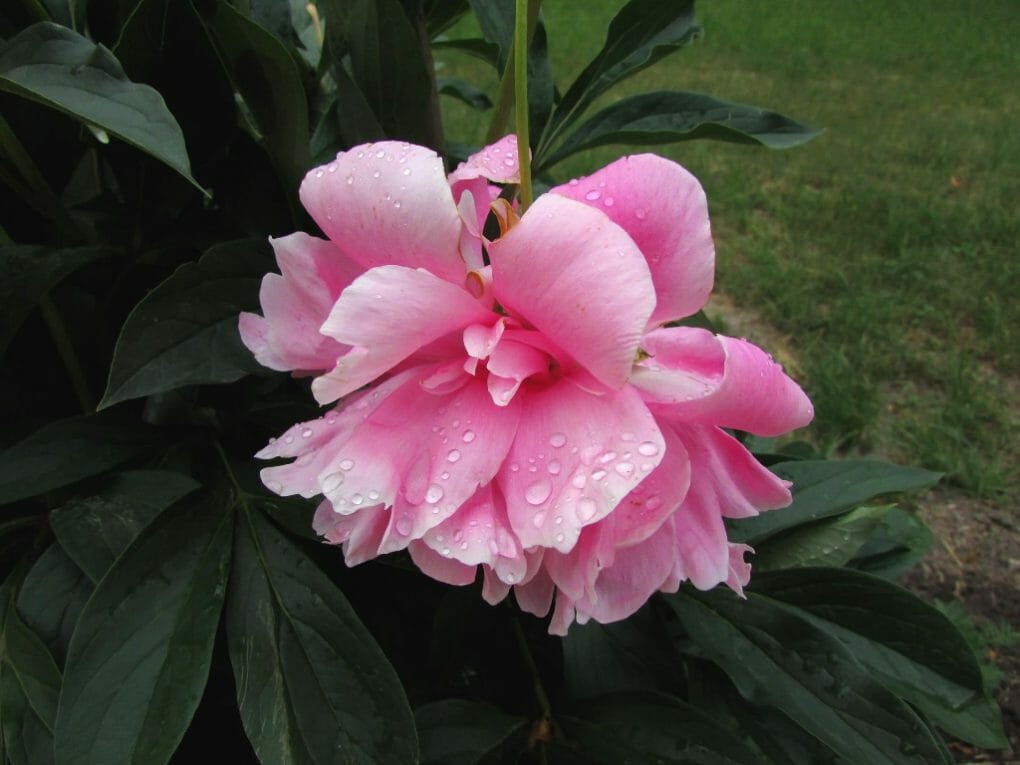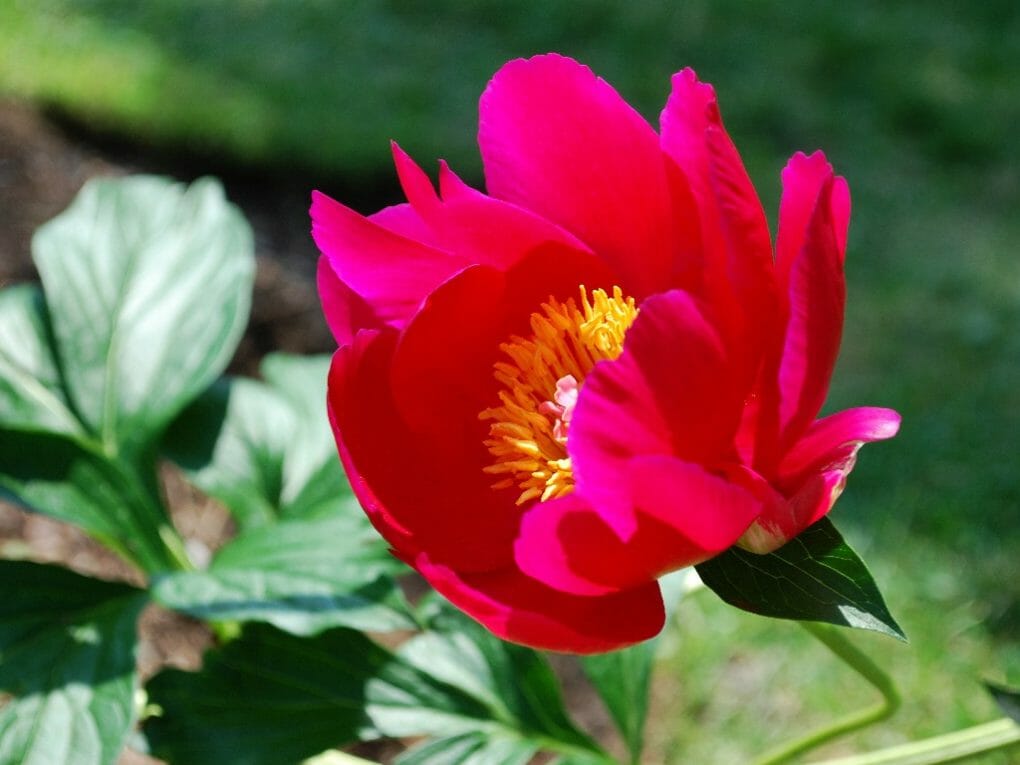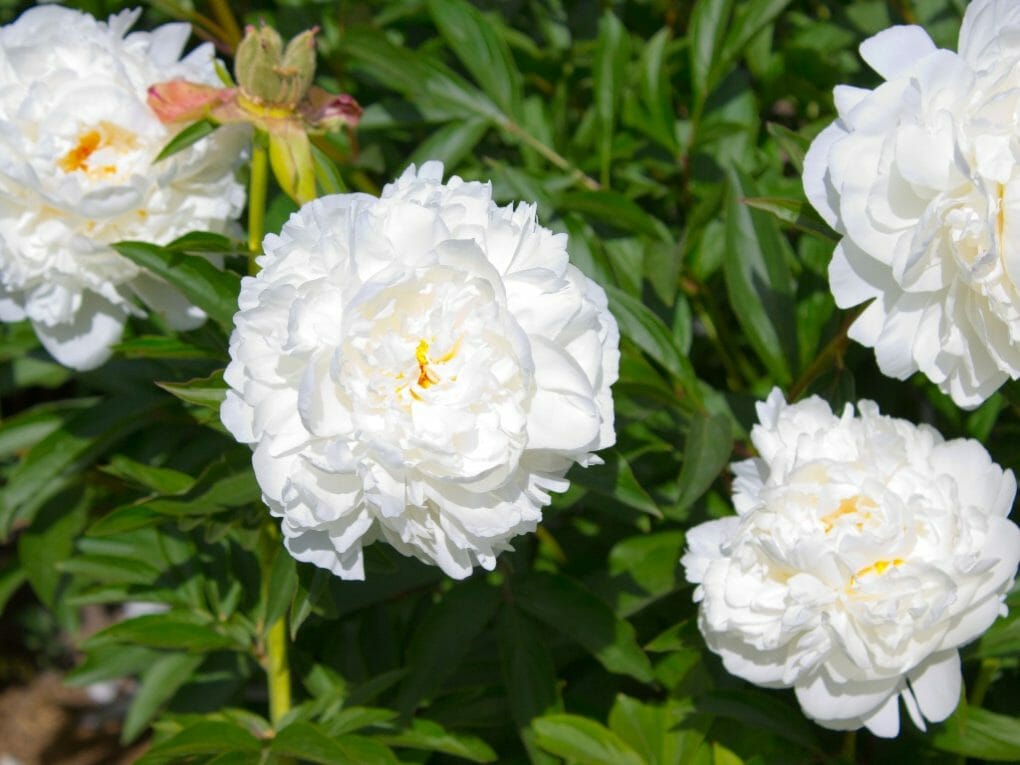How to Grow Peony From Seed? A Beginner’s Guide

To grow a peony from seed, start by planting the peony seed in early spring. Make a hole in the soil and place the seed, so it is covered lightly with soil. Water the plant well and keep it moist until germination occurs. Once germination has occurred, remove any protectors around your peony plant’s root system and give it supplemental water only as needed. When summer arrives, you’ll want to provide enough sunlight for your new tree and fertilizer if desired (although most peonies do not need fertilizer). In autumn, when temperatures cool down again.
Growing peony from seeds is a fun and easy way to start gardening. The plant has beautiful flowers that can be used for stunning arrangements or as part of a floral arrangement. Peony requires moderate sunlight and regular water, so it’s important to follow the instructions for the seeds you purchase carefully. Once you have planted your seeds, monitor them closely and provide them with the desired amount of light, water, and nutrition they need to grow into healthy plants. Once they reach maturity, be prepared to enjoy gorgeous blooms every month. This article will provide you with all the information you need to grow peony from seed successfully.
Table of Contents
At What Point Should You Start Spreading Your Seeds?
Before anything else, let’s discuss when things should occur. The optimal time to begin propagation will vary depending on your chosen strategy.
In the fall, you can easily divide your plants’ roots. While peonies can be divided at any time during the growing season, the stress of being dug up and cut into pieces has less effect on them as they enter dormancy.
It’s important to remember to divide peonies whenever you dig them up for replanting.
Your peony will recover its full vitality if you uproot it after first dividing it. However, dividing the plant prompts it to send out several new, healthy roots, which can then be used to support the expanding crown.

Plants three to five years old are optimal for dividing, which can be done with older plants. The plant’s mature, the tangled root system will make it more difficult, but it’s still doable.
Germinating Fresh Peony Seeds Indoors
Open seed pods that have just been picked were said above. Some growers wait to open seed pods immediately after being picked. Instead, they put the pods in a brown paper bag in your garage or a shady, dry, and not-too-hot place for a week. Carefully open the seed pods after a week.
Put the seeds in a zip-lock bag with fine sand or vermiculite that has been slightly dampened. Put the bag somewhere warm (around 80 degrees). We put things on the top of our fridge. In 4 to 12 weeks, roots may start to grow. At that point, the sprouted seeds can be planted in outside area for 3 months at 40° (the vegetable crisper of the fridge is a good spot).
Peony seeds grew into plants. You can plant this outside in early fall, or you can put them in the fridge for a while to let them get used to the cold.
After this, the sprouted seeds can be planted in pots, either indoors under lights or gradually outside in the sun. A word of caution: the rootlet that sticks out is very fragile, so be careful when you plant it. If the seeds don’t sprout after the first hot/cold cycle, repeat the 3 months of warm treatment (around 80°) followed by three months at 40°.
Germinating Hard Black Peony Seeds
Peony seeds with a hard, dry seed coat that is black or dark brown are in full double-dormancy. If these seeds are planted outside without special care, it will probably take two growing seasons for the right mix of water, heat, and bacteria to break down the seed coat and let water and air get to the embryo.
Before they can germinate, dry and black seeds need to go through a time of warmth followed by a period of winter chill (either naturally or artificially manufactured).
The seeds might be scarified to hasten the process of germination. This is a way of physically destroying the seed coat outside the seed. We make use of a somewhat lengthy file.

You should give the seed a couple of light passes with the file while it is held between your thumb and forefinger.
Only two or three light passes with the file are necessary; going much deeper will cause irreparable damage to the embryo. When the seed has been filed down to the point where the white interior is visible, you have gone too far into the process. In most cases, simply filing away the visible surface layer is sufficient. Only a small portion of the seed has to have its surface roughened up. Large quantities of seeds can be scarified with the help of a sulfuric acid solution that has been diluted.
Simply filing away a little area just below the shiny external coat is all required to enable air and moisture to access the latent embryo and begin the process of germination.
After scarifying, seeds may be put straight into the ground if it is still early in the fall and the soil is still workable. If planting your seeds indoors, refer to the section on planting fresh seeds for information on how to warm and then cold stratify your seeds.
Additional things to think about when it comes to peony seeds:
Flowers that are single or semi-double typically produce more seeds than flowers that are complicated doubles.
If you cannot plant the seeds immediately, put them in storage, where they will be kept cool and dry.
There is a possibility that the seeds of a single specimen tree peony, which was not grown near any other tree peonies, were not viable. The bees and the wind deserve all of the credit for their contributions.
